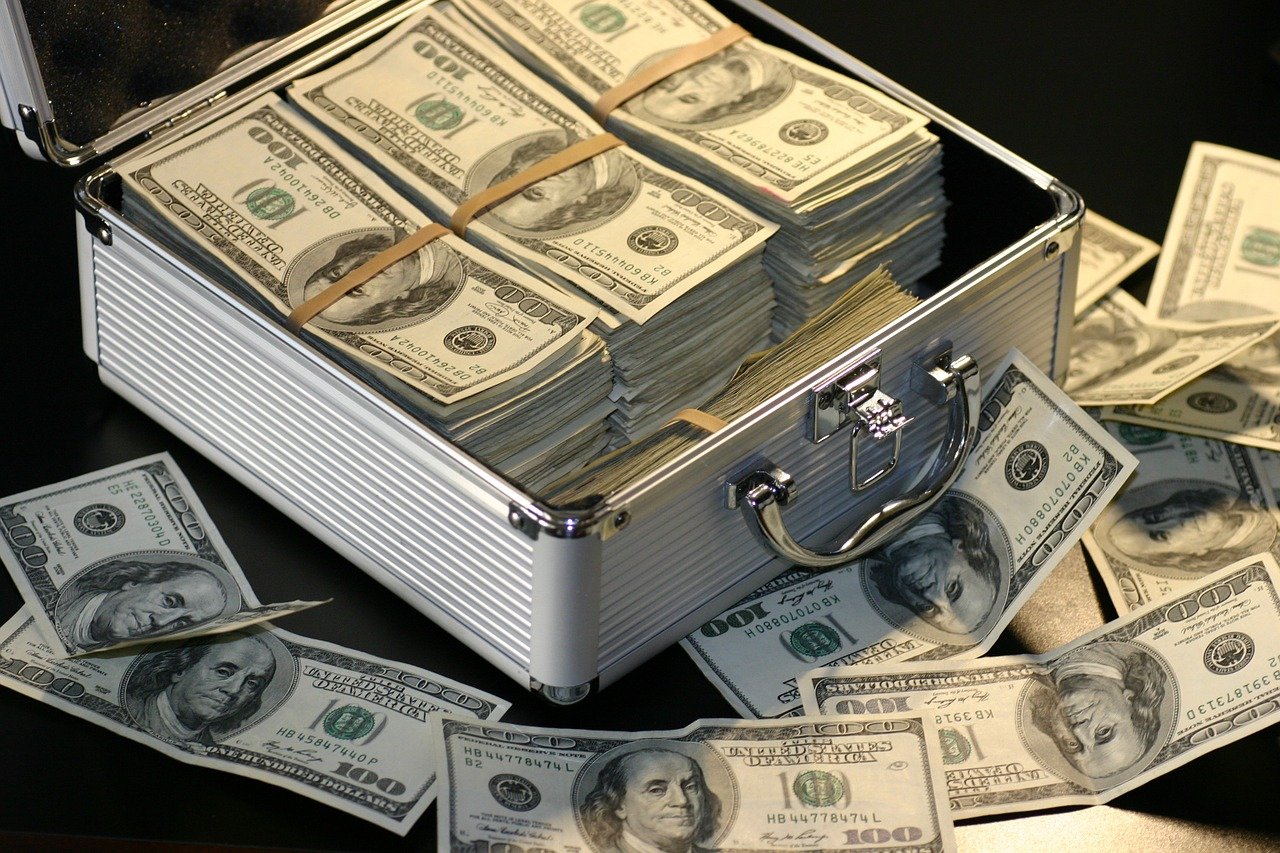Saving money provides you tremendous financial power, allowing you to fund future aspirations and weather life’s unforeseen disasters. However, deciding where to put your money may be difficult, especially given the apparently unlimited number of alternatives. The best place to save money is determined by a number of criteria. However, these are usually interest-bearing accounts with little or no chance of losing money. We’re talking about the safest not the most profitable, locations to put your money.
Inflation is currently outpacing any possible return from a bank or credit union. To keep your money’s purchasing power, you’ll need to be willing to take on some risk by investing in stocks.
Still, if you want to build your savings with minimal risk, here are four sites where you may store money while earning a little interest.
Where Should You Invest Your Money?
Before you start a savings account, ask yourself the following questions:
What am I trying to save for?
I’m not sure when I’ll need this money.
As an example, let’s pretend you’re putting money aside for an emergency and you’ll need it quickly. You’ll want to store your money in an account that’s easy to get to and won’t punish you if you withdraw it. In this situation, you may swap a higher rate for more liquidity.
If you’re saving for a down payment on a house but don’t plan on purchasing one anytime soon, you might want to explore an account with less liquidity and a higher interest rate.
You can also have many savings accounts for various purposes. It’s up to you to devise a savings strategy. The following suggestions might assist you in devising a strategy for saving and maximising your interest earnings.
- A high-yield savings account is a type of savings account that pays a high rate of interest.
If you want to keep your savings accessible while earning interest, a high-yield savings account is a good option. The number of transactions and withdrawals you can make per month is usually limited to six in most savings accounts. However, in exchange for a lower level of liquidity, you typically receive a higher interest rate than you would with a checking account.
What’s the Difference Between a High-Yield Savings Account and a Regular Savings Account?
A high-yield savings account works similarly to a traditional savings account, but the interest rates are usually greater. To get a higher interest rate, some banks and credit unions require a larger opening deposit. A low minimum deposit is usually required for the best high-yield savings accounts. These accounts usually pay four times or more than the national average savings account rate, which as of March 21, 2022 was 0.06 percent.
What Are the Steps to Opening a High-Yield Savings Account?
Many banks and credit unions offer high-yield savings accounts. With your account application, you’ll need to supply identification and, if necessary, pay an initial deposit.
- Checking Account with a High Yield
A high-yield checking account can be a good location to put your money if you want near-instant and limitless access to your money while collecting interest. Checking accounts, unlike savings accounts, usually have a debit card or check-writing capability. Furthermore, there are no limitations on the amount of transactions you may perform within a statement cycle with a checking account.
If you’re saving for a short-term objective, such as a vacation or a new appliance, these accounts might be useful. They enable you to earn interest on your balance and spend rapidly whenever you need to, allowing you to swipe your debit card and take advantage of a bargain when one arises, for example.
What’s the Difference Between a High-Yield Checking Account and a Regular Checking Account?
High-yield checking accounts function similarly to conventional checking accounts but pay interest. You’ll typically have to satisfy monthly conditions to receive the interest rate, such as making regular direct deposits of a particular amount.
The finest high-yield checking accounts provide rates that are significantly greater than the 0.03 percent national average for interest-bearing checking accounts. Some accounts have a minimum deposit requirement, while others do not.
What Are the Steps to Opening a High-Yield Checking Account?
You may complete a simple account application, submit identification, and make an opening deposit once you’ve found a bank or credit union that meets your criteria in terms of rate and opening deposit requirements (if required).
- CD Ladders and CDs
Certificates of deposit (CDs) and CD ladders might help you take advantage of favourable rates if you’re saving for a specific financial objective, especially in a rising interest rate environment.
What Are CDs and How Do They Work?
CDs are time deposit accounts that pay a fixed interest rate for a specific period of time. These savings accounts are available at banks and credit unions.
What Is the Best Way to Open a CD and Create a CD Ladder?
A CD ladder entails purchasing CDs of varying maturities in order for your CDs to mature in a predictable manner. If you buy three-month, six-month, and nine-month CDs, for example, you’ll have a three-rung CD ladder with CDs ageing every three months. The regular maturity schedule ensures consistent access to your money and helps you avoid costly early withdrawal fees on CDs.
You may reinvest the cash from your maturing CDs into a new CD with a greater interest rate when they age. This method allows you to take advantage of greater interest rates when they become available, allowing you to make more money on your savings. To open CDs and establish a CD ladder, do some research on the best CD rates and pick CDs with the greatest rates for the phrases you want to include in your ladder.
- Savings and Investment Account
If you want to earn larger returns than a standard savings or checking account while still having useful features like a debit card or check-writing capabilities, you might want to investigate a money market account.
What Are Money Market Accounts and How Do They Work?
A money market account combines the finest features of both savings and checking accounts into one convenient package. These accounts pay interest and usually have debit and check-writing capabilities. Banks and credit unions frequently limit certain sorts of transactions and withdrawals from a money market account to six per month, similar to a savings account.
What Are the Steps to Opening a Money Market Account?
Money market accounts are available at both banks and credit unions. Money market accounts can offer yields that are comparable to high-yield savings and checking accounts, so picking one is a personal choice. Compare the account characteristics of each money market account you’re considering, as they might differ by institution and not all of them will suit your savings goals.
Conclusion
The ideal location to put your money is the one that fits your comfort level and your goals the best. Before opening a savings account, do some research and compare interest rates and terms at several banks and credit unions.

